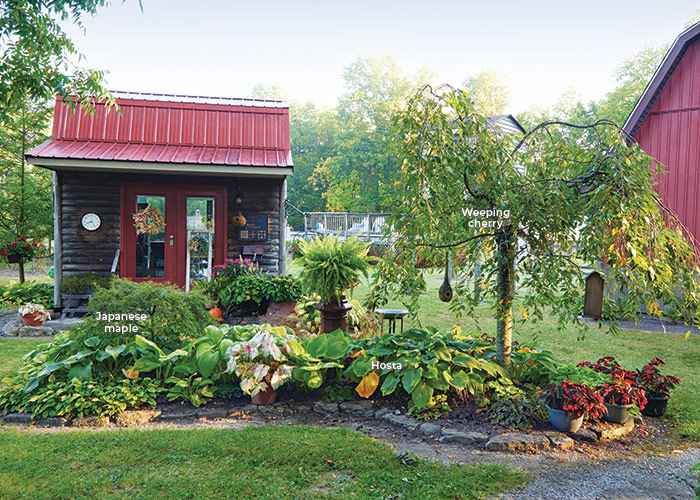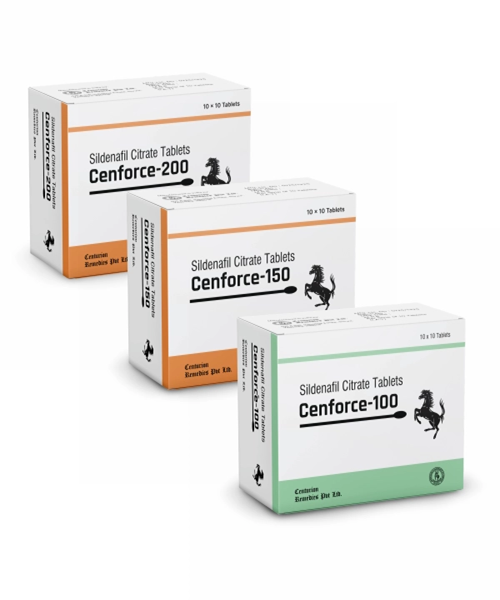
Your roof is one of the most important components of your home, shielding you from the elements and helping regulate temperature. Yet, it’s often the most neglected part of a property until something goes wrong. Regular roof maintenance services are essential to keeping your roof in good shape, extending its life, and avoiding costly repairs or replacements.
In this comprehensive guide, we'll explore what roof maintenance involves, its benefits, the types of services offered, and how to choose the right contractor. We’ll also answer frequently asked questions to help you protect your investment.
Why Roof Maintenance Matters
Just like a car or HVAC system, your roof needs ongoing care. Ignoring minor issues—like a loose shingle or clogged gutter—can lead to significant structural damage.
Key reasons to invest in routine roof maintenance:
- Prevent leaks and water damage
- Improve energy efficiency
- Preserve home value
- Extend roof lifespan
- Reduce emergency repair costs
A well-maintained roof can last up to 25–50% longer than a neglected one, saving thousands in long-term expenses.
What Does Roof Maintenance Include?
Professional roof maintenance goes beyond just cleaning. Here are the most common services included in a roof maintenance package:
1. Roof Inspection
A thorough examination of the entire roofing system, including shingles, underlayment, flashing, vents, skylights, and chimneys.
2. Gutter Cleaning
Clearing out leaves, debris, and blockages from gutters and downspouts to ensure proper drainage.
3. Shingle Repair or Replacement
Replacing broken, missing, or curling shingles to prevent leaks and water infiltration.
4. Flashing and Sealant Checks
Inspecting and repairing the metal or rubber seals around vents, chimneys, and skylights to prevent water seepage.
5. Moss and Algae Removal
Eliminating growth that can cause rot and premature roof aging, especially in humid or shaded areas.
6. Ventilation Assessment
Ensuring your attic and roof ventilation systems are working properly to prevent moisture buildup and heat damage.
7. Debris Removal
Clearing branches, leaves, and other debris that can trap moisture and damage roofing materials.
Seasonal Roof Maintenance Checklist
Each season brings its own roofing challenges. Here’s a quick overview of tasks typically recommended throughout the year:
Spring
- Inspect for winter damage
- Clean gutters and downspouts
- Check for moss or algae growth
Summer
- Examine for UV damage
- Look for signs of warping or cracking
- Ensure attic ventilation is adequate
Fall
- Clean off falling leaves
- Inspect flashing before winter storms
- Schedule a full inspection
Winter
- Monitor for ice dams or snow accumulation
- Check for interior leaks or drafts
- Remove heavy snow when safe to do so
Benefits of Regular Roof Maintenance
Still wondering if roof maintenance is worth it? Consider these long-term advantages:
1. Saves Money
Routine maintenance catches issues early, avoiding costly emergency repairs or full replacements.
2. Increases Property Value
A well-maintained roof adds to your home’s curb appeal and resale value.
3. Improves Energy Efficiency
Sealed roofs and proper ventilation reduce energy bills by keeping your home cooler in summer and warmer in winter.
4. Peace of Mind
You can sleep easy knowing your roof is in solid condition and prepared for the next storm
How Often Should You Schedule Roof Maintenance?
Experts recommend a professional roof inspection at least once a year, ideally in the spring or fall. If your area experiences frequent storms, hail, or snow, you may need more frequent checkups.
Additionally, schedule maintenance after:
- A major weather event
- Finding a leak indoors
- Buying a new property
Professional vs. DIY Maintenance
While there are some tasks you can handle yourself—like removing small debris or checking gutters—roof work can be dangerous and complex. Professionals have the tools, training, and safety equipment to do the job thoroughly and safely.
Here’s a comparison:
| Task | DIY | Professional |
| Gutter Cleaning | ✔️ | ✔️ |
| Moss Removal | ❌ | ✔️ |
| Leak Detection | ❌ | ✔️ |
| Flashing Repair | ❌ | ✔️ |
| Full Inspection | ❌ | ✔️ |
Unless you're experienced and have the proper safety gear, it’s best to leave roof maintenance to qualified technicians.
How to Choose a Roof Maintenance Service Provider
Not all roofing contractors offer equal quality or reliability. Use the following criteria to find the right service:
✔️ Experience and Licensing
Ensure the company is licensed, insured, and has a solid track record in roofing.
✔️ References and Reviews
Look for testimonials on Google, Yelp, or trusted directories. Ask for before-and-after photos.
✔️ Transparent Pricing
A reputable contractor will offer upfront pricing with no hidden fees.
✔️ Maintenance Plans
Some companies offer yearly or biannual roof maintenance plans at a discount—ideal for long-term care.
✔️ Warranties
Ask whether the contractor offers warranties on materials and workmanship.
Cost of Roof Maintenance Services
The cost of roof maintenance depends on the size and type of roof, as well as local labor rates. Here are some average price ranges:
- Basic inspection: $100 – $300
- Full maintenance package: $300 – $750
- Gutter cleaning: $75 – $250
- Moss/algae treatment: $150 – $500
Long-term maintenance plans can often save you 10–25% compared to one-time visits.
Final Thoughts
Roof maintenance services & Moving Services aren’t just a good idea—they’re a wise investment in your home’s safety and value. By scheduling regular inspections and upkeep, you can prevent major damage, improve energy efficiency, and extend the life of your roof.
Don’t wait until you notice a leak or missing shingle. Prevent the problem before it starts with a professional roof maintenance plan tailored to your home’s needs.
FAQs
Q1: What happens if I skip regular roof maintenance?
A: Ignoring roof upkeep can lead to leaks, structural rot, higher energy bills, and even full roof failure, potentially costing thousands in repairs.
Q2: How long does roof maintenance take?
A: Most maintenance visits last between 1 to 3 hours, depending on the roof’s size and condition.
Q3: Is roof maintenance necessary for a new roof?
A: Yes. Even new roofs require upkeep to stay in top condition and maintain warranty coverage.
Q4: What type of roof requires the most maintenance?
A: Wood shake roofs typically need more frequent care due to their susceptibility to rot, mold, and insect damage. Metal and tile roofs generally require less maintenance.
Q5: Will roof maintenance extend the life of my roof?
A: Absolutely. Regular maintenance can add 5–15 years to your roof’s lifespan, depending on the material and environment.
Q6: What’s the difference between roof repair and maintenance?
A: Maintenance involves preventative tasks (like inspections and cleaning), while repair fixes specific damage or issues that have already occurred.
Q7: Can I schedule roof maintenance during winter?
A: Yes, but extreme conditions (ice, snow) can limit certain tasks. A professional can still inspect and advise on urgent issues.
Q8: Do I need to be home during the maintenance visit?
A: Not necessarily. Many roofing companies can perform maintenance without you being present, especially if exterior access is available.
Leave a Reply
Please login to post a comment.












0 Comments